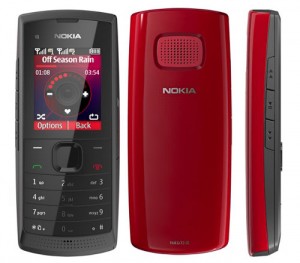
The testers went to the Baltic Sea, camping in a Swedish forest and were in Kenya in Africa to test the technology in wildly different setting. The technology was named Lokki, especially developed small solar charging panels that were integrated to Nokia C1-02 devices.
Later on Nokia wrote a blog post saying that performance really depends on lifestyle. For instance, the security guard in Kenya collected more solar energy than anybody else because of the stationary nature of his work. He placed his phone on a pillar next to the gate where he was working and the Kenyan sun did the rest.
Elsewhere, Aino, a scout in Sweden, gained 15 percent battery life during the ten-day camp. Because she was on the move all the time, exposing the device to the sun was more complicated.
The Baltic sea tester, Pettery, had little time to use his phone and so he could fully power it from the sun during his expedition. He could even top up his battery. Also the phone was always facing the sun from the deck of the boat.
Nokia’s conclusion: “Our test users proved beyond doubt that a low power mobile phone can stay functioning for long periods of time on solar energy. However, they also proved that your lifestyle and how you use a solar powered phone is as important as the environment, the weather and the time of year.â€
The question is: when will we see commercial mobile phones that are powered with solar energy, if ever? Well, for now it seems solar power is only feasible for basic mobile phones whose power consumption is low and after an extended period of exposure to the sun – so power-hungry smartphone users will have to wait longer. You’ll need a good harvesting day to get an hour of talk (which is not bad, really). On cloudy days, the phone may need to be shut down in order to maintain some charge. Therefore, solar mobile phones may be better suited for regions in the world where sunshine is constant and where the grid is not available. It may not provide a 24-hour connection but it could provide a communication solution for those living in remote regions.
You should follow us here.





